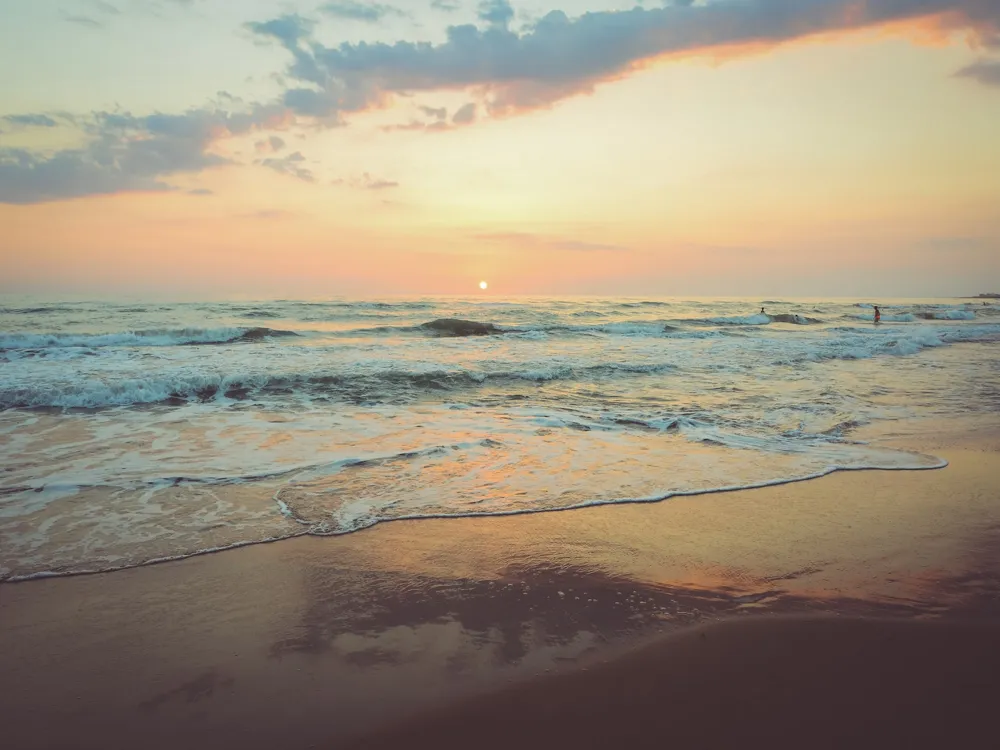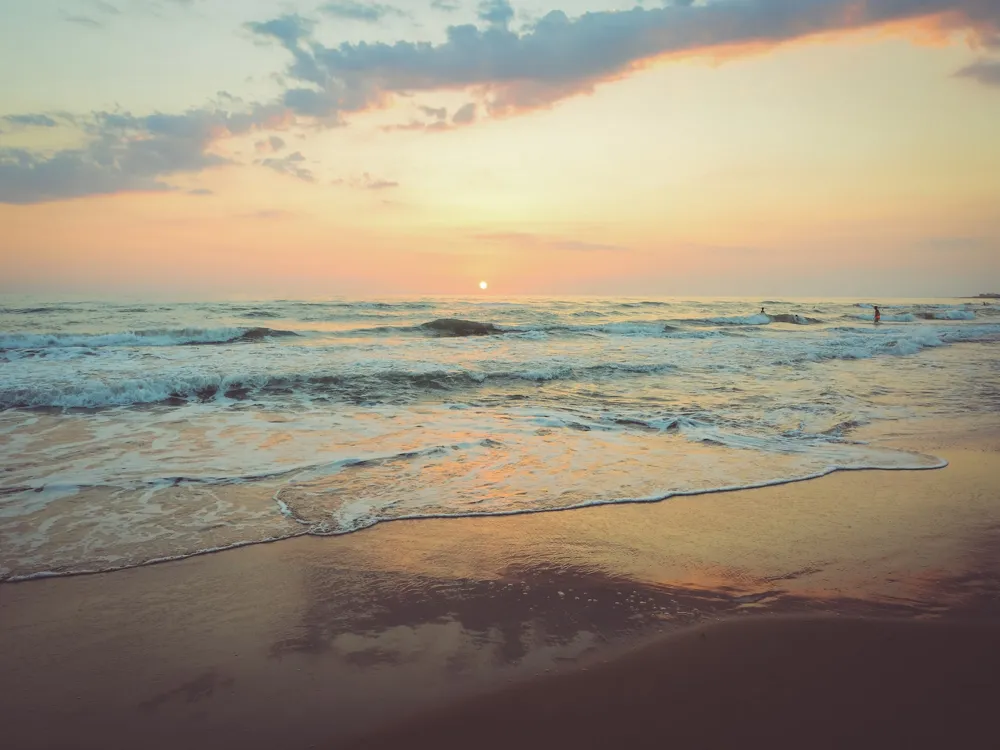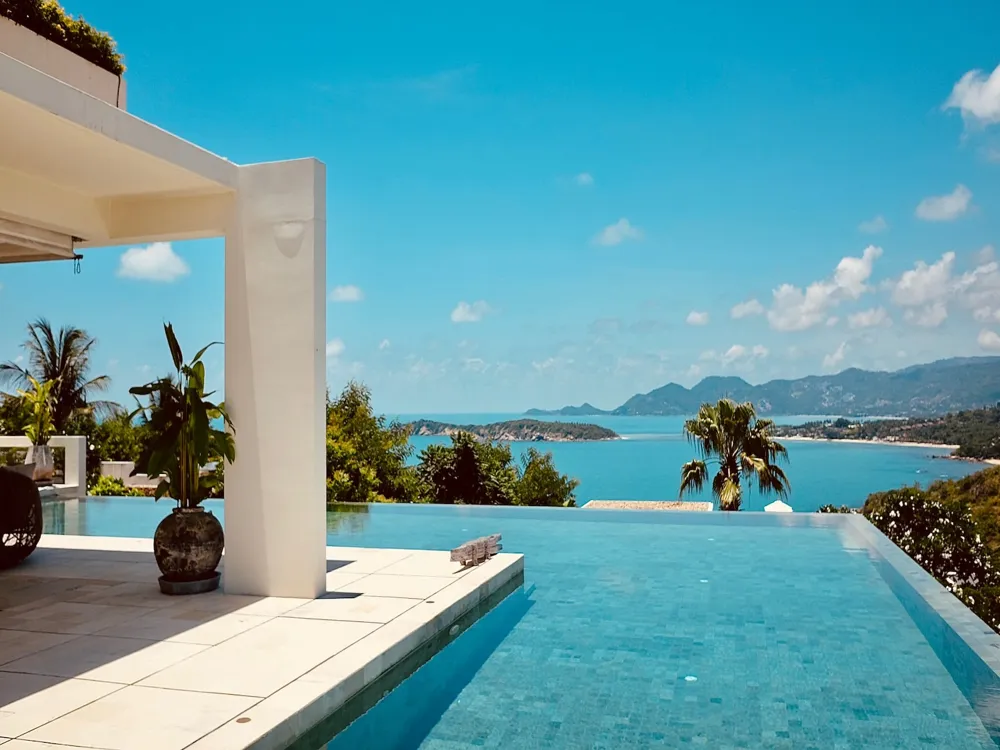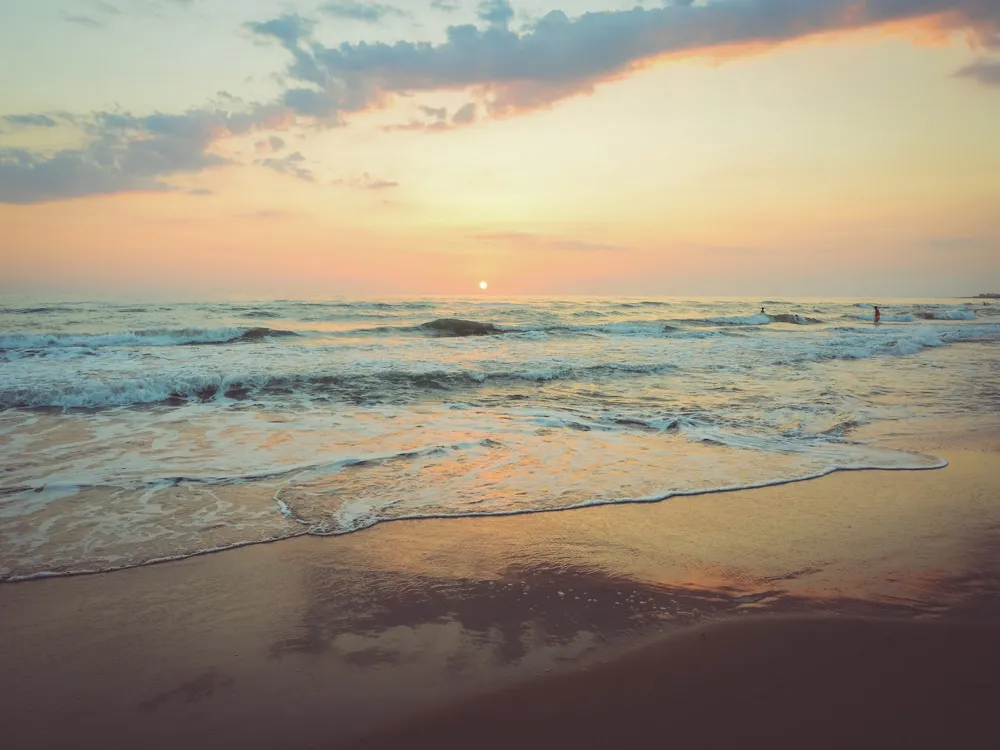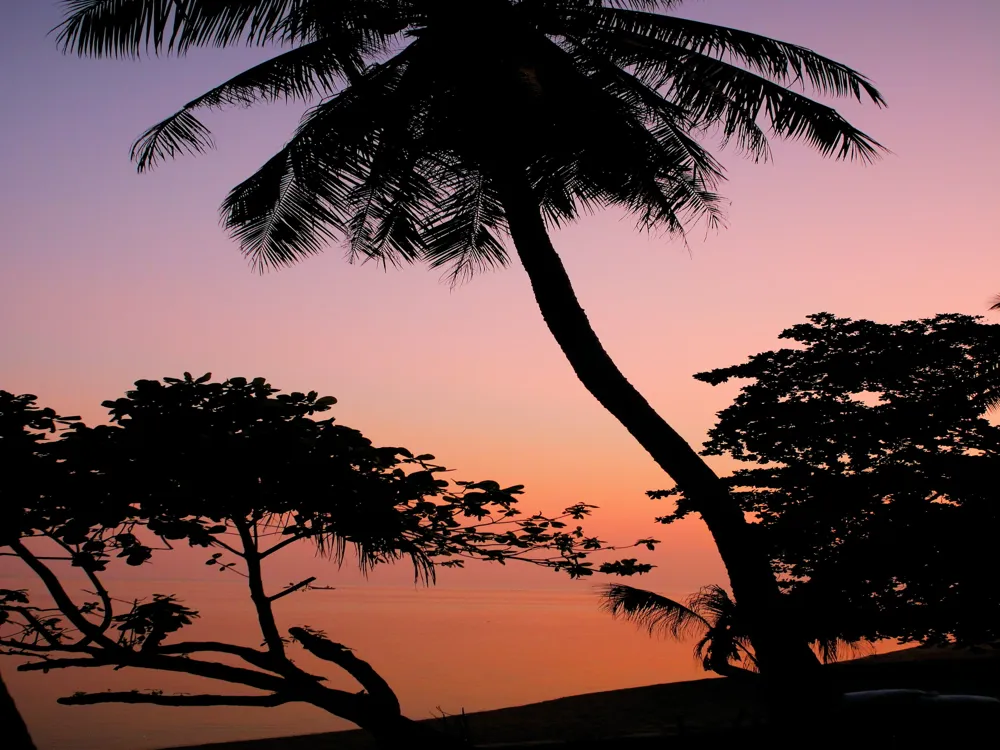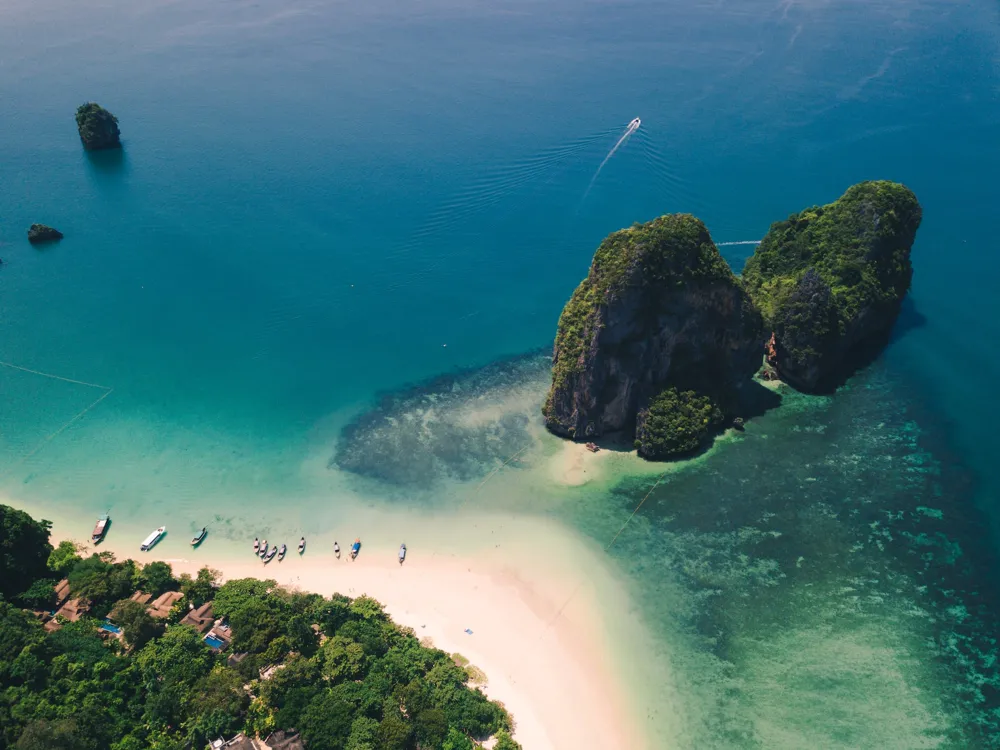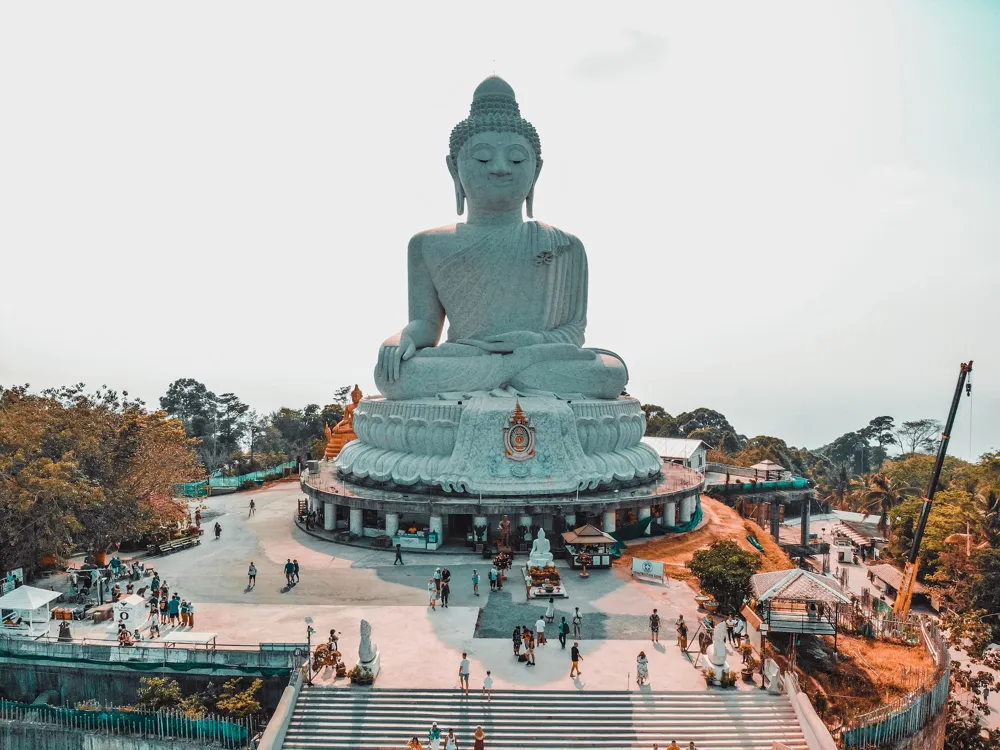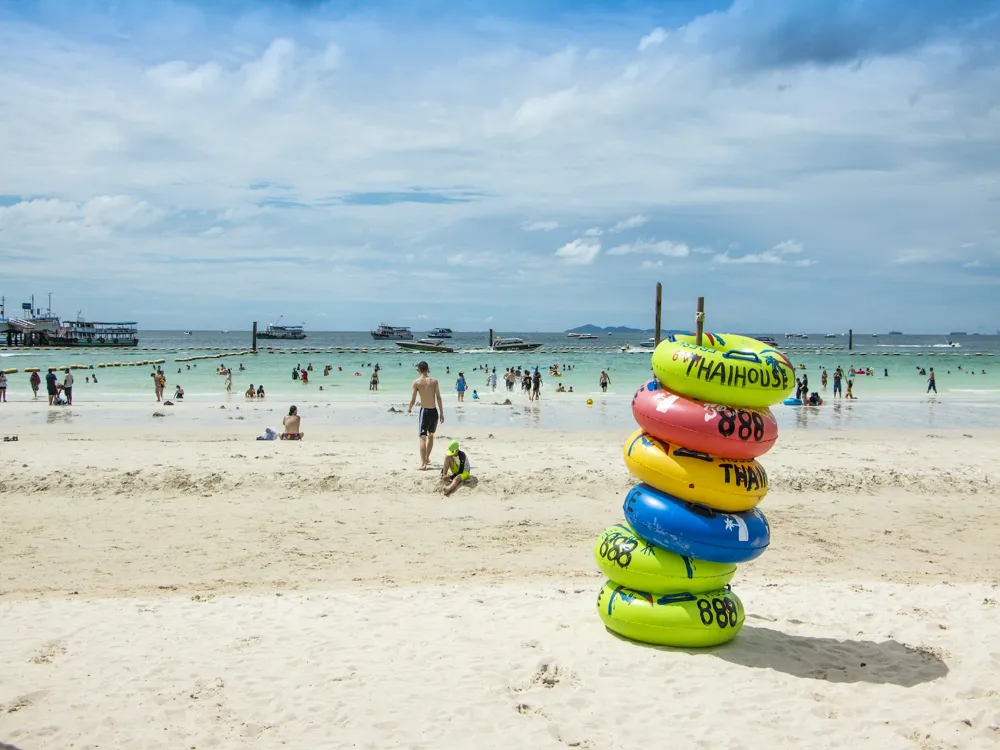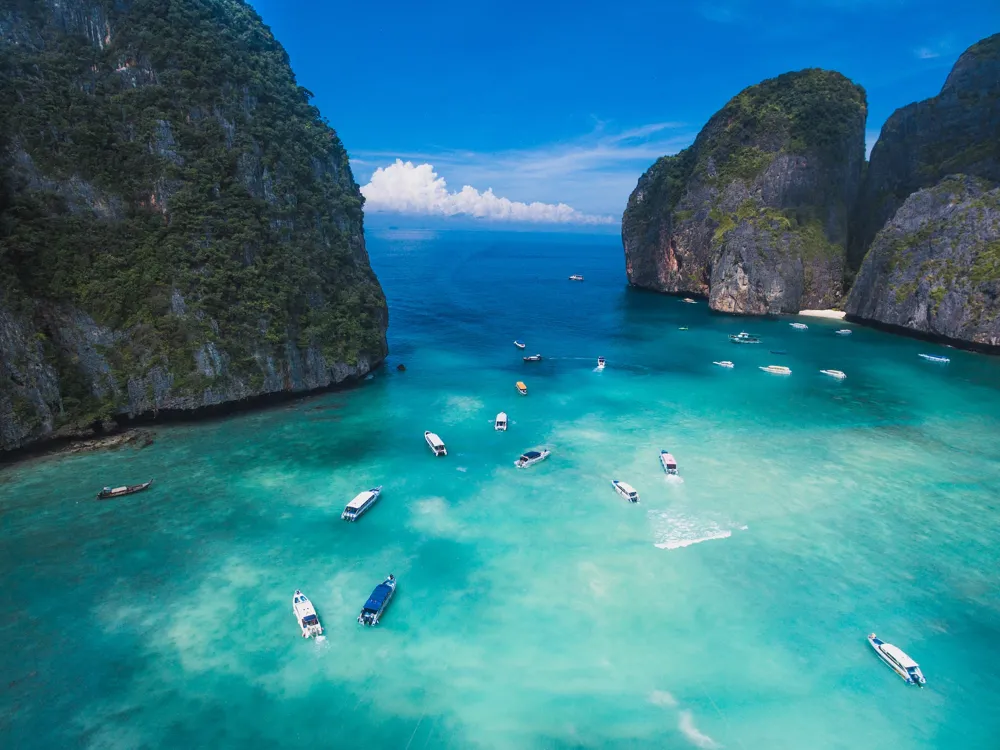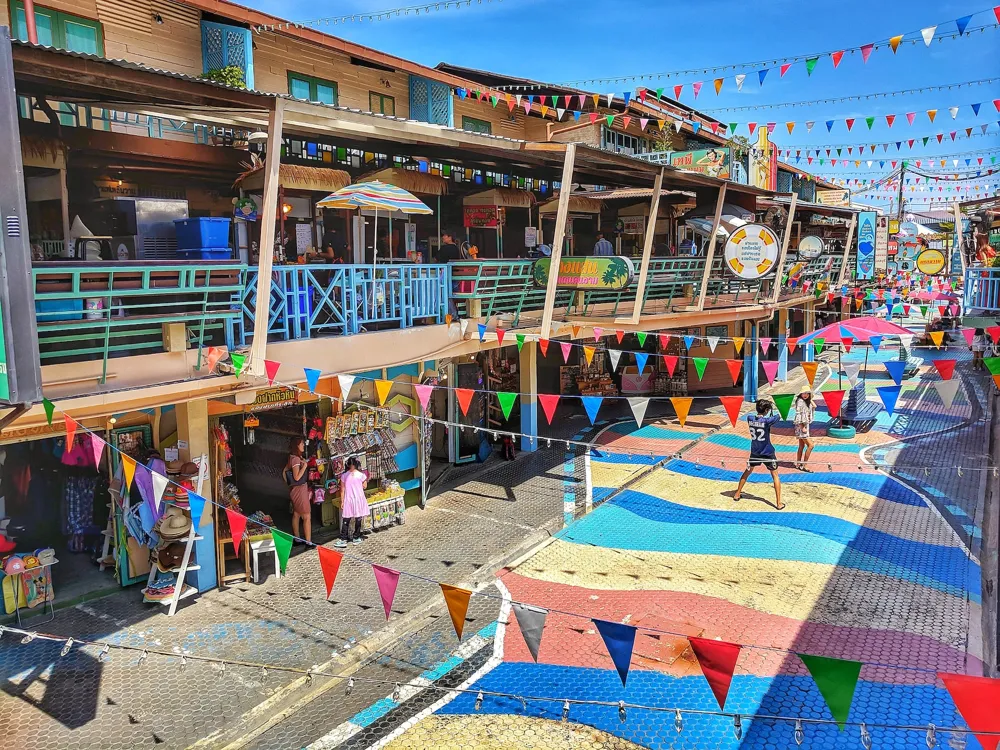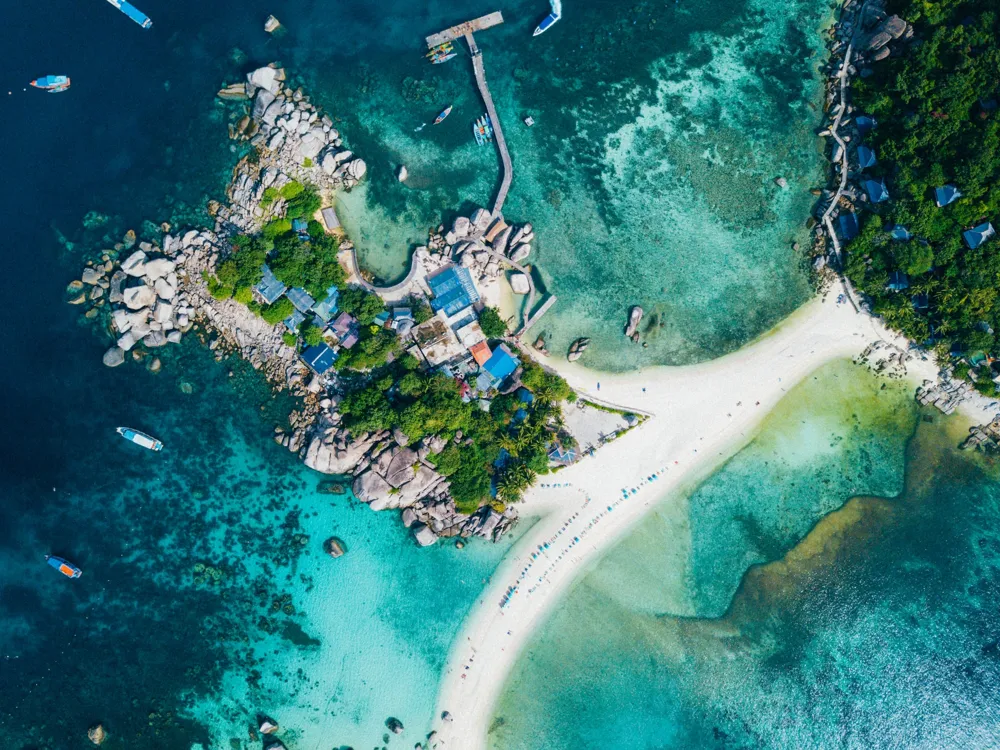Koh Tan, often referred to as Coral Island, is a serene islet located off the southern coast of Koh Samui. This hidden gem is renowned for its lush, unspoiled natural landscapes and rich biodiversity. Unlike its bustling neighbor, Koh Samui, Koh Tan offers a tranquil retreat for those seeking peace and an authentic touch of Thai island life. Covering an area of only 7.5 square kilometers, it is largely undeveloped, with only a few residents living in modest villages. The island’s ecology is diverse, with mangrove forests, coral reefs, and sandy beaches. The surrounding waters are teeming with marine life, making it an ideal spot for snorkeling and diving enthusiasts. Bird watchers and nature lovers can explore the mangroves, home to a variety of bird species, including kingfishers and herons. The island's commitment to preserving its natural environment makes it a model of eco-tourism. Koh Tan's history is as rich as its natural offerings. Once a place of spiritual significance for local fishermen, it has several ancient shrines and Buddhist temples that blend seamlessly with the landscape. The island's cultural heritage is visible in the daily lives of its inhabitants, who follow traditional fishing and farming practices. Visitors to Koh Tan can immerse themselves in this local culture, gaining insights into a way of life that has remained unchanged for generations. The architecture on Koh Tan is a reflection of its history and culture, characterized by simplicity and harmony with nature. Traditional Thai stilt houses are a common sight, constructed with locally sourced materials such as bamboo, wood, and thatch. These houses are designed to be functional in the tropical climate, with elevated structures for ventilation and protection against floods. Temples and shrines on the island exhibit classic Thai Buddhist architectural elements. They feature intricate wood carvings, gilded decorations, and sloping roofs. These structures are not only places of worship but also serve as community centers, playing a vital role in the social fabric of the island. The island's architectural landscape also includes modest commercial buildings and fishermen's huts along the coastline. These structures, while simple, are a testament to the island's traditional livelihood and its people’s deep connection with the sea. The absence of high-rise buildings and large resorts helps maintain the island's rustic charm and environmental integrity. The ideal time to visit Koh Tan is between February and April when the weather is dry and sunny. This period offers the best conditions for snorkeling and exploring the island. Visitors should bring sun protection, snorkeling gear, and comfortable walking shoes. It's also advisable to carry insect repellent and a basic first-aid kit. When visiting temples or interacting with locals, dress modestly and be mindful of local customs and traditions to show respect for the island's culture. Travelers are encouraged to follow eco-friendly practices, such as avoiding single-use plastics and not disturbing wildlife, to help preserve the island's natural beauty. Koh Tan is accessible by a short boat ride from Koh Samui. Visitors can hire a longtail boat from Thong Krut Pier on Koh Samui, which offers scheduled trips and private charters to Koh Tan. Read More:Overview of Koh Tan, Koh Samui
The architecture of Koh Tan
Tips When Visiting Koh Tan
Best Time to Visit
What to Bring
Respecting Local Culture
Eco-Friendly Practices
How To Reach Koh Tan
Koh Tan
Koh Samui
₹ 20,280 onwards
View koh-samui Packages
Koh-samui Travel Packages
View All Packages For Koh-samui
Top Hotel Collections for Koh-samui

Private Pool

Luxury Hotels

5-Star Hotels

Pet Friendly
Top Hotels Near Koh-samui
Other Top Ranking Places In Koh-samui
View All Places To Visit In koh-samui
View koh-samui Packages
Koh-samui Travel Packages
View All Packages For Koh-samui
Top Hotel Collections for Koh-samui

Private Pool

Luxury Hotels

5-Star Hotels

Pet Friendly







